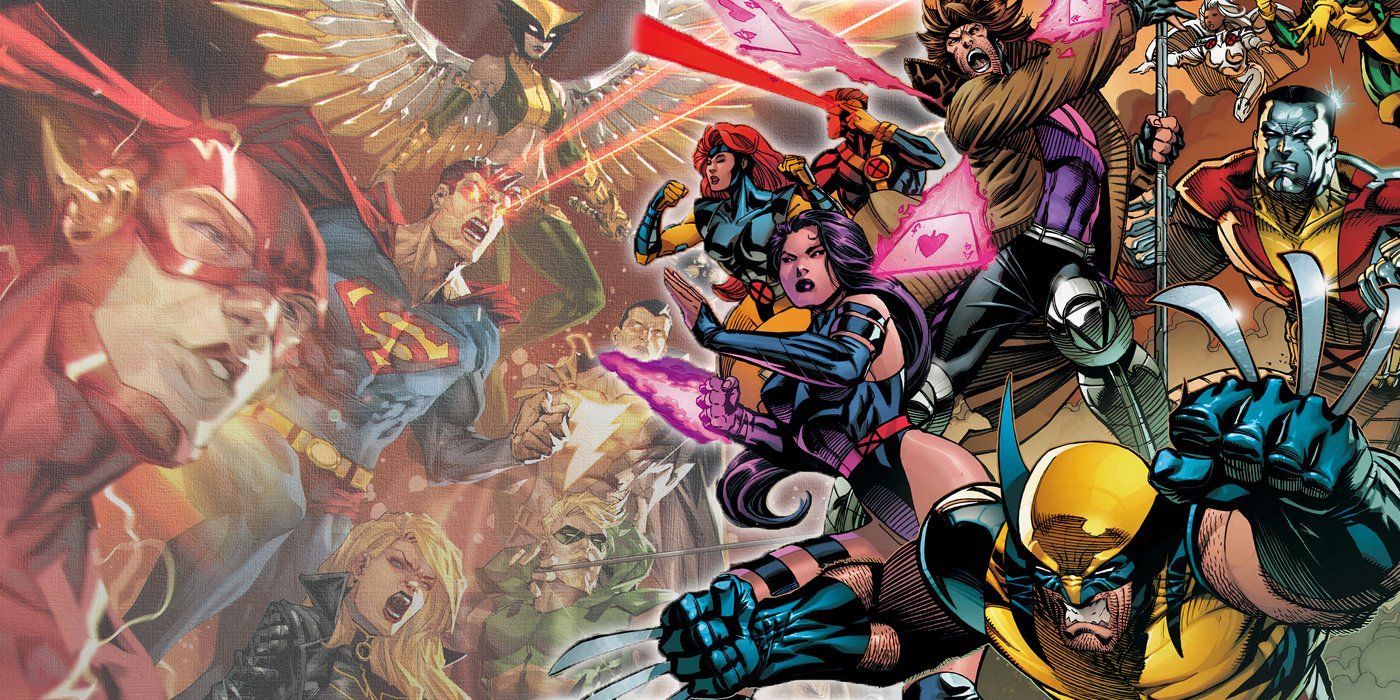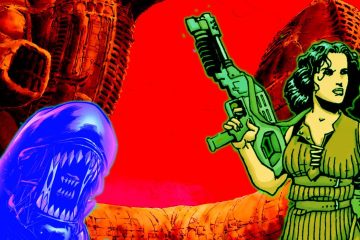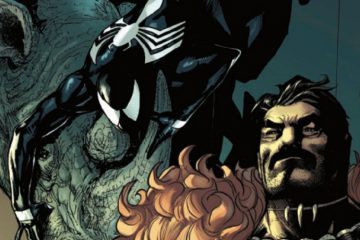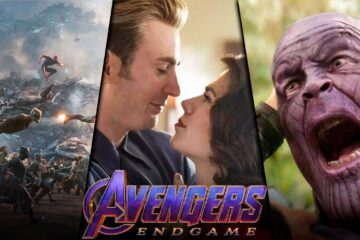Marvel’s X-Men have thrilled readers since their debut in 1963 with Uncanny X-Men #1 (by Stan Lee and Jack Kirby.) The stories of mutankind – humans born with the volatile X Gene that transforms them into sometimes superhuman, sometimes monstrous individuals – have always acted as metaphors for the world around us. Beset upon from all sides, from non-mutants that hate and fear them to evil mutants who wish to rule the world and everything in between, the X-Men have proven to be one of Marvel’s most popular and successful series. With countless core series, spin-offs, side-stories, and cross-over events, the X-Men have maintained a constant state of star power throughout the Marvel universe.
DC Comics, home to such tremendous superheroes as Superman, Batman, and Wonder Woman, has long since told stories that have shaped, destroyed, and reshaped the entire fabric of its multiverse. Through the solo stories of its most vaunted heroes and the incredibly large cross-over events that have brought them all together, DC has cemented itself as one of the pillars of the comic industry. But for all its amazing characters and stories, there has always been a notable mutant-sized gap in DC’s pantheon of heroes.
Superhero team-ups are the name of the game in comics. From the Justice League to the Avengers, the Teen Titans to the Defenders, grouping a colorful assortment of characters together for a common cause has proven to be an immensely effective means of crafting engaging stories. The X-Men are a prime example of this construct: a team of teenagers, mutants each, are brought together and trained to harness their wondrous powers to keep the world safe from evil.
Marvel’s X-Men have thrilled readers since their debut in 1963 with Uncanny X-Men #1 (by Stan Lee and Jack Kirby.) The stories of mutankind – humans born with the volatile X Gene that transforms them into sometimes superhuman, sometimes monstrous individuals – have always acted as metaphors for the world around us. Beset upon from all sides, from non-mutants that hate and fear them to evil mutants who wish to rule the world and everything in between, the X-Men have proven to be one of Marvel’s most popular and successful series. With countless core series, spin-offs, side-stories, and cross-over events, the X-Men have maintained a constant state of star power throughout the Marvel universe.
DC Comics, home to such tremendous superheroes as Superman, Batman, and Wonder Woman, has long since told stories that have shaped, destroyed, and reshaped the entire fabric of its multiverse. Through the solo stories of its most vaunted heroes and the incredibly large cross-over events that have brought them all together, DC has cemented itself as one of the pillars of the comic industry. But for all its amazing characters and stories, there has always been a notable mutant-sized gap in DC’s pantheon of heroes.
Superhero team-ups are the name of the game in comics. From the Justice League to the Avengers, the Teen Titans to the Defenders, grouping a colorful assortment of characters together for a common cause has proven to be an immensely effective means of crafting engaging stories. The X-Men are a prime example of this construct: a team of teenagers, mutants each, are brought together and trained to harness their wondrous powers to keep the world safe from evil.
#Learn #Marvels #XMen #Comics
Note:- (Not all news on the site expresses the point of view of the site, but we transmit this news automatically and translate it through programmatic technology on the site and not from a human editor. The content is auto-generated from a syndicated feed.))



